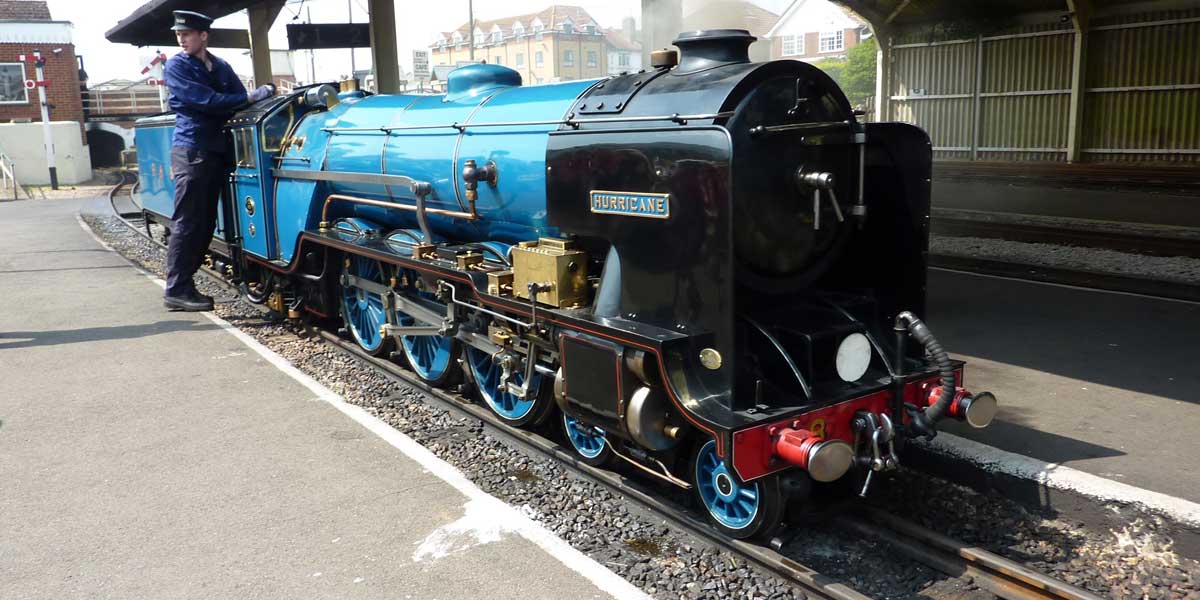Romney, Hythe & Dymchurch Railway
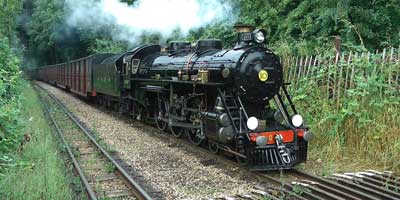
There is nothing quite like a ride on The Romney, Hythe &
Dymchurch Railway so it's little wonder that this little wonder is one
of Kent's top tourist attractions. A journey on one of the small trains
of this heritage railway is a totally unique experience combining years
of steam railway heritage with some of Kent's most picturesque
countryside.
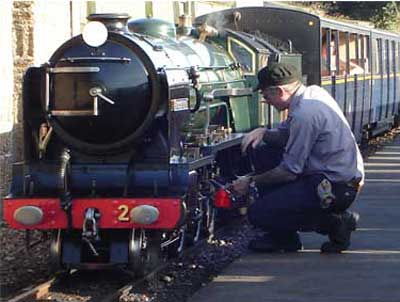
The RH&DR has been drawing crowds since it opened in 1927 and
now operates the most complete collection of one-third full-sized steam
locomotives in the world. These small but perfectly-formed trains, take
just over an hour to complete the full journey from Hythe to Dungeness
but there are opportunities to get off and explore along the way too.
The natural starting place for a journey on the RH&DR is at its
station in the historic and pretty town of Hythe. It’s one of six
along the track, which stretches 13 miles across the picturesque Romney
Marsh to Dungeness, one of the largest expanses of shingle in the
world, a place of other-worldly beauty and a designated National Nature
Reserve.
Riding The Railway
At Dymchurch, a five-minute walk will take you to the village centre
with its children’s amusement park, shops, cafes and sandy beach.
Stop at New Romney Station and you can visit the Model Railway
Exhibition, museum and children’s play area. There are cafes at
each of these main stations too and special events throughout the year.
Hythe is the northern terminus of the Romney, Hythe and Dymchurch
Railway, running third-scale steam and diesel locomotives. The track
runs parallel to the coast through Dymchurch and New Romney to
Dungeness. The founders were Captain J Howey and Count Louis Zborowski,
a couple of British millionaires with nothing better to do with their
money. It opened in 1927. The trains run on a gauge of 15 inches (380
mm) and the track is nearly 14 miles (23 km) long. During the Second
World War the service transported the Operation Pluto pipeline. It is
by far the most popular tourist attraction in the area. New Romney has
a 1940s Railway Museum, model railway exhibition, workshop and tearooms.
The closest that the Romney, Hythe and Dymchurch Railway gets to
mainline services is at Sandling, two-miles from the RH&DR station
at Hythe. It’s a 40-minute walk (downhill on the way, uphill on
the way back) but there is a bus stop at the station too offering a
10-minute connection to Hythe.
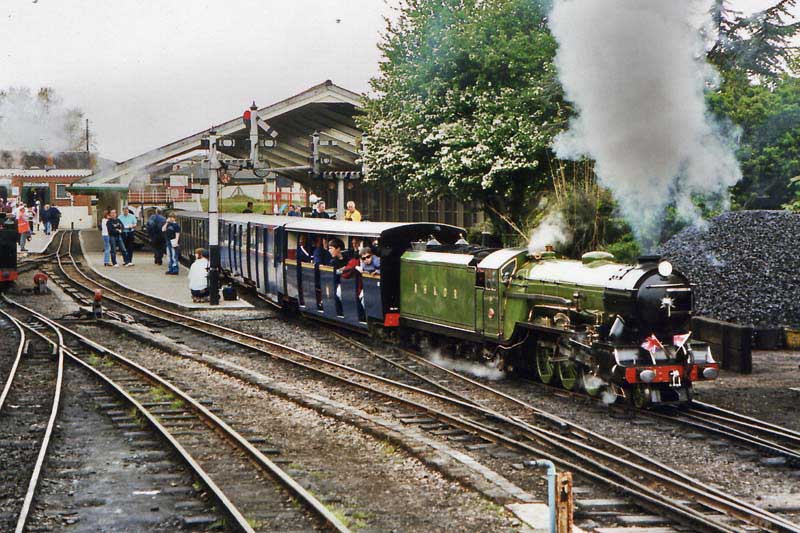
About The Railway
Construction began in late 1925 and the railway opened on 16 July
1927. It was the dream of millionaire racing drivers Captain John
Edwards Presgrave ("Jack") Howey and Count Louis Zborowski. The latter
had constructed a railway at Higham Park, his home at Bridge, Kent, and
agreed to donate the rolling stock and infrastructure to the project.
However, he was killed on 19 October 1924 in a motor racing accident at
the Monza Grand Prix before the Romney Marsh site was chosen, and Howey
continued the project alone.
After Howey had unsuccessfully attempted to buy the Ravenglass &
Eskdale Railway and extend it, investigated a greenfield site between
Burnham-on-Sea and Weston-super-Mare in Somerset and offered to buy the
Hundred of Manhood & Selsey Tramway in Sussex, Henry Greenly drew
Howey's attention to the potential for a 15-inch gauge line between New
Romney and Hythe. Howey first visited New Romney on 8 September 1925
and decided there and then that it was an ideal location for his
proposed railway. The line was originally laid using second-hand First
World War surplus rail. In the late 1960s and early 1970s the railway
managed to obtain supplies of good second-hand 30 lb/yd rail on the
closure of the Sierra Leone Government Railway; these are the oldest
rails on the line, some of which date from the 1890s.
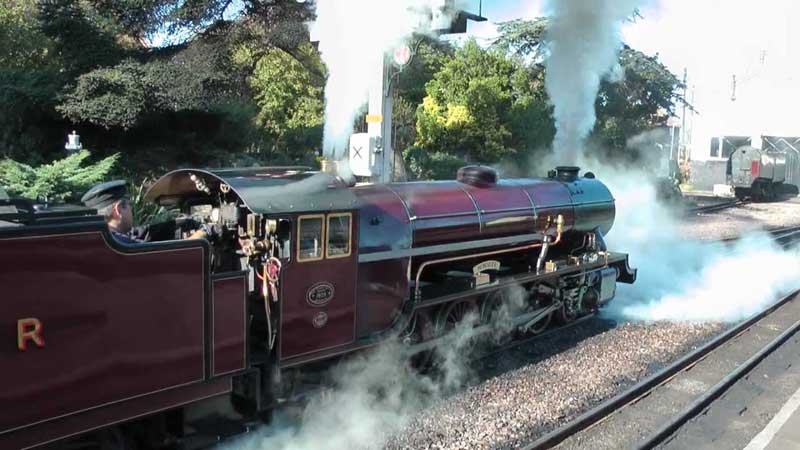
The locomotives were designed by Henry Greenly who was commissioned
by Howey to work on the construction of the entire railway and became
the railway's first chief engineer until his abrupt resignation in
March 1929. Mountain Class Hercules hauled the inaugural train from
Hythe to New Romney on 16 July 1927, with guests including the mayors
of the two towns and General Sir Ivor Maxse. Howey was not satisfied
with just 8 1⁄4 miles (13.3 km) of track from Hythe to New Romney
and plans were in hand for an extension even before the original
section had opened. The line was to be extended 9 km from New Romney to
Dungeness, double-tracked throughout apart from a balloon loop on which
the station at Dungeness was sited.
The railway was taken over by the military during World War II, and
a miniature armoured train was used on the line. It was also used by
the Department of Petroleum Warfare in the construction of PLUTO ("Pipe
Line Under The Ocean") intended to supply fuel to the Allied forces
after the D-Day Normandy landings. During the latter stages of the
construction of PLUTO considerable damage was caused to the track on
the extension when, to speed up the work, lengths of pipe were dragged
along the trackbed by bulldozers, resulting in its reduction to a
single track after the war.
The line re-opened between Hythe and New Romney in 1946, the New Romney
to Dungeness section following with an opening by Laurel and Hardy on
28 March 1947. From 7 September 1977 until 24 July 2015, the railway
provided school trains to transport children to and from the Marsh
Academy in New Romney. The service was finally withdrawn due to falling
usage.
The railway's role as part of the local public transport network was
extended when Warren Halt re-opened in 2009, providing a link to the
Romney Marsh Visitor Centre. From 1926 to 1978, the RH&DR held the
title of the "Smallest public railway in the world" (in terms of track
gauge). The title was lost to the 12 1⁄4 in (311 mm) gauge
Réseau Guerlédan in France in 1978 and regained in 1979
when that line closed. It was lost again in 1982 when the 10 1⁄4
in (260 mm) gauge Wells and Walsingham Light Railway opened.
Design by W3layouts


